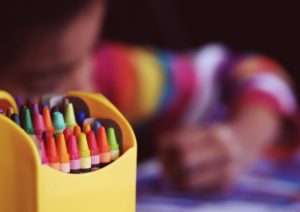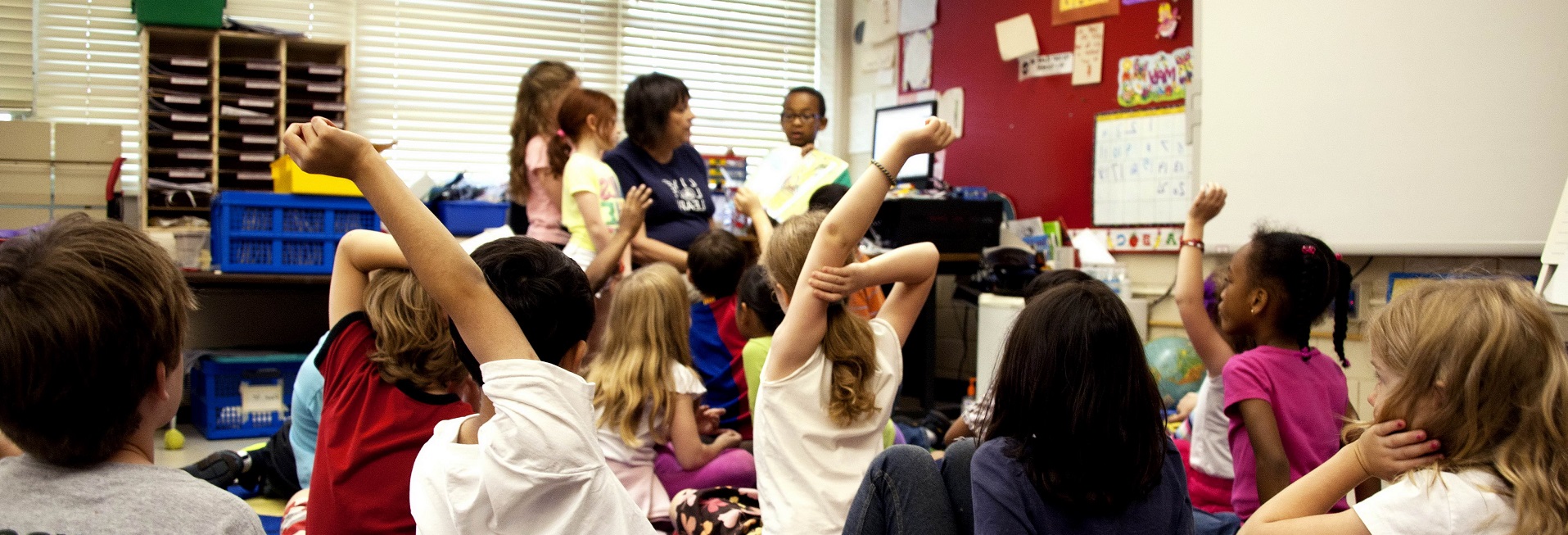NvMA Kids Activities: Make Your Own Fossil
Looking for fun educational activities for kids at home or in the classroom? The NvMA is here to help! In this activity, students make their own fossils, discover how they form, and also learn about geologic time and the sedimentary process.

Make Your Own Fossil
D.D. La Pointe
Nevada Bureau of Mines and Geology, UNR
OBJECTIVE:
To give students a hands-on, realistic experience in the way fossils form in nature.
This activity should accompany a discussion of fossils, geologic time, and sedimentary processes. An excellent reference for this is a free download available from the U.S. Geological Survey entitled “Fossils, Rocks and Time” available on the USGS web site.
MATERIALS (for a class of 20):
- 20 small (8 – 12 oz) paper or foam bowls
- 1 stick modeling clay per student (non-water soluble)
- cooking spray oil
- plastic wrap
- 2-3 pounds of powdered Plaster of Paris
- Assorted small seashells, pine cones, twigs, leaves, bones, and an assortment of fossils of different ages – may also use small plastic animals and plants
- optional – 2-3 TBSP powdered tempera paint in several colors
- plastic knives or popsicle sticks for stirring
- 3-4 large (16-oz) cups for mixing plaster
PROCEDURE:
Have each student knead clay with hands until it is warm and pliable, then press the clay firmly into the bottom of the bowl, sealing edges against the bowl. (If the class is using bowls of porous material, line the bowl first with plastic wrap.) Students will then choose an assemblage of shells, etc. and will press each one firmly into the clay to make a clear imprint and then remove the object. If this activity is to accompany a Geologic Time Line construction, each student may choose only organisms from a particular period in geologic time, or they may choose organisms likely to live together in a particular environment, such as a lake, shallow ocean, on land, or in a swamp. When desired imprints (molds) have been made, students will lightly spray each clay mold with cooking oil spray.
Meanwhile, mix up several batches of plaster in the large cups – start with about 8 ounces of water and gradually stir in enough plaster to make a very thick liquid. Powdered tempera may be added to plaster to make colored fossils. Four large cups of plaster mix should be enough to make 20 or more “fossil rocks”. (If your students are responsible enough, you may let them do this step themselves; for younger ones have an adult do the mixing).
Pour enough plaster mix into each bowl to cover the imprinted clay at least ¼ to ½ inch thick. Let the Plaster of Paris harden undisturbed and uncovered for at least 3 hours (overnight is better). Dump out bowl contents and peel away modeling clay to reveal “fossil rocks”. (Students can be paleontologists, excavating their find!) Use permanent marker pen to label the time period or environment represented by the “fossil rock.”
Save the modeling clay for re-use.
For more fun and educational lessons, visit the NvMA’s activity page.

